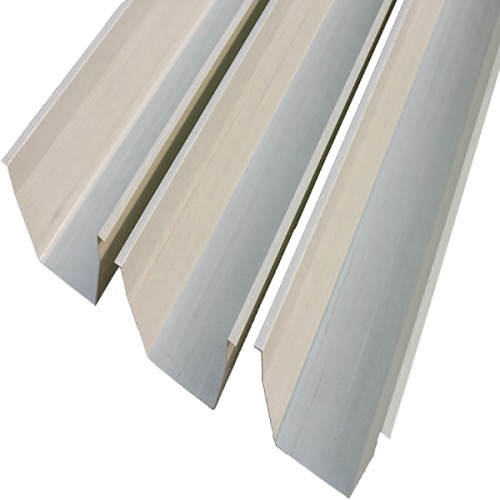Fiberglass Rain Gutter: The Ultimate Guide to Durable, Low-Maintenance Drainage
Meta Description: Explore the benefits, applications, and installation of fiberglass rain gutters—corrosion-resistant, long-lasting alternatives to traditional metal or vinyl systems.
What Is a Fiberglass Rain Gutter?
A fiberglass rain gutter is a drainage system crafted from fiberglass-reinforced plastic (FRP), combining polyester resin with glass fibers. Unlike aluminum or vinyl gutters, FRP gutters resist rust, UV damage, and extreme temperatures. They’re ideal for coastal areas or regions with harsh weather due to their non-corrosive properties.
Manufacturing & Composition of FRP Gutters
Fiberglass gutters are molded using a layered process:
- Base Layer: Polyester resin mixed with catalysts.
- Reinforcement: Woven or chopped glass fibers embedded for strength.
- Surface Finish: UV-resistant gel coat to prevent fading.
This method ensures seamless, leak-proof joints and uniform durability.
Classifying Fiberglass Gutter Systems
Fiberglass gutters come in three primary styles:
- K-Style: Mimics traditional crown-molding aesthetics.
- Half-Round: Suits historical or rustic architecture.
- Box-Type: Heavy-duty design for commercial use.
Sizes range from 5-inch residential profiles to 7-inch industrial-grade systems.
Applications: Where Do Fiberglass Gutters Excel?
Fiberglass rain gutters outperform competitors in:
- Coastal Homes: Saltwater corrosion resistance.
- Industrial Facilities: Chemical spill resilience.
- Snow-Prone Regions: Withstand freeze-thaw cycles without cracking.
They’re also popular for custom-color matching in high-end residential projects.
Fiberglass vs. Aluminum, Vinyl, & Steel Gutters
| Feature | Fiberglass | Aluminum | Vinyl | Steel |
|---|---|---|---|---|
| Corrosion Resistance | Excellent | Moderate | Poor | Low (galvanized) |
| Lifespan | 25+ years | 15–20 years | 10–15 years | 10–20 years |
| Maintenance | Minimal | Moderate | High | High |
| Cost | Mid-to-high | Low-to-mid | Low | Mid |
Installing Fiberglass Rain Gutters: Key Considerations
Professional installation ensures optimal performance:
- Slope Calculation: ½ inch per 10 feet for proper water flow.
- Bracket Spacing: 24–36 inches for heavy FRP profiles.
- Seam Placement: Prefer downspout junctions to minimize leaks.
DIY kits exist but require precision cutting tools for fiberglass.
Maintenance & Repair Tips for FRP Gutter Systems
- Cleaning: Use soft brushes to avoid scratching the gel coat.
- Leak Repair: Apply fiberglass patching resin to cracks.
- Sagging: Reinforce brackets with stainless steel hardware.
XXX
Final Note: Fiberglass rain gutters merge longevity with adaptability, making them a top choice for homeowners and contractors prioritizing durability over upfront cost. Always consult certified installers for complex projects.

